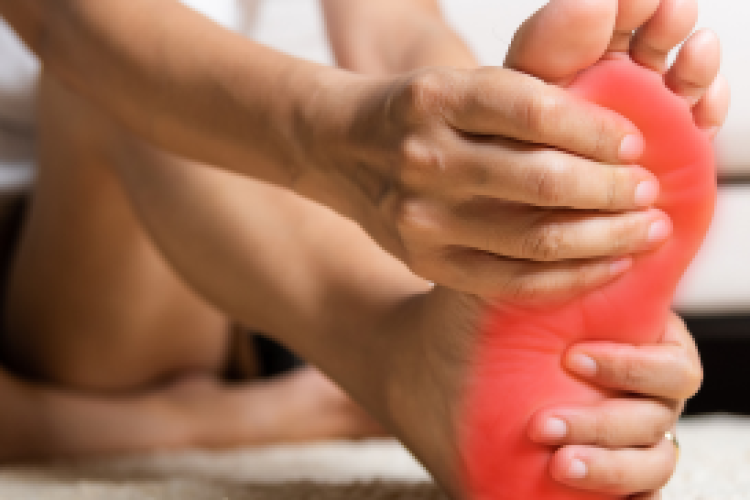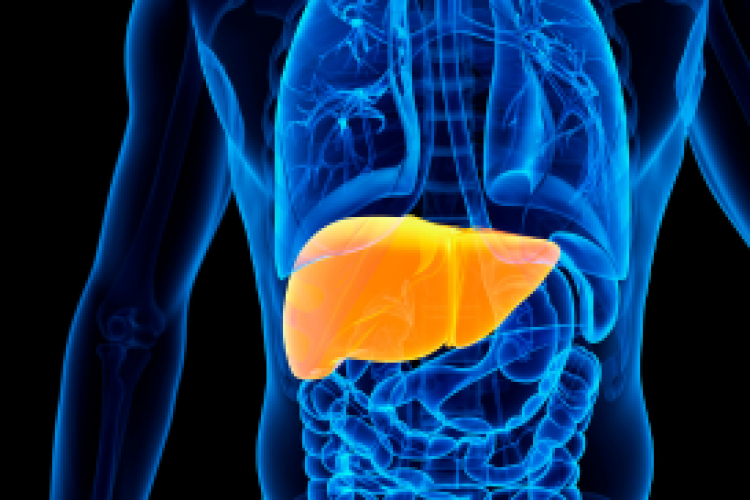
Pain in your lower back or hip that radiates to the back of your thigh and into your leg may be sciatica. It can come on suddenly or gradually, depending on the cause. There are a number of treatments, most of them non-surgical, that can be effective, says Andrew Gitkind, M.D., medical director of the Department of Rehabilitation Medicine at Montefiore Nyack Hospital.
What is Sciatica?
“Many people use the term ‘sciatica’ to refer to all sorts of back pain, but it refers to pain that runs down the leg caused by nerve impingement,” Dr. Gitkind said. It occurs when the sciatic nerve, which travels from the lower back through the hips and buttocks and down each leg, becomes compressed or irritated. Sciatica can also cause numbness, tingling or a feeling of a bolt of electricity shooting into the leg.
Sciatica can have several possible causes, including a herniated or bulging disk in the spine, or arthritis in the back. It can come on suddenly, after lifting something heavy or just moving the wrong way. Or it can develop over time, as part of wear and tear on the body as a person ages. “It can occur in teens, pregnant women, or older people. While some may be more at risk than others, sciatica doesn’t discriminate,” Dr. Gitkind said.
How is Sciatica Treated?
Treatment is tailored to the individual patient, depending on many factors including the cause. No matter the cause of the sciatica, keeping active is important, Dr. Gitkind said. “It used to be that people with sciatica were told to stay in bed. Now, we tell patients they need to keep moving. Staying sedentary is one of the worst things you can do.”
In some cases, if the sciatica was caused by an injury, it may heal with time and over-the-counter anti-inflammatory medication, such as ibuprofen, aspirin or naproxen. Physical therapy can be helpful. “The goal of physical therapy is to focus on maintaining mobility and building core strength,” Dr. Gitkind said. “The abdominal muscles, the oblique muscles on your sides, and your back muscles help to stabilize the spinal column. Most people have a weak core unless they work on it. When you build up these muscles, it helps to decrease pressure on the spinal column.”
If a person doesn’t improve with these measures, the next step may be to consider an epidural steroid injection into the spine. This is a quick outpatient procedure that reduces inflammation and blocks pain signals back to the brain. “Most patients get meaningful improvement, but the degree of improvement and how long it lasts varies,” he said. The injections can be repeated.
Some people may be helped by prescription medication designed to treat nerve pain. The last option, when all other treatments have been tried, is surgery. The type of surgery depends on the cause of the sciatica. If the cause is a herniated disk, it may be removed to stop it from pressing on the nerve. In some cases, the disk can be removed with minimally invasive surgery.
Dr. Gitkind says the best way to prevent sciatica is to maintain an active lifestyle and do exercises to strengthen your back and abdominal muscles. “Developing strong core muscles can help you avoid sciatica or prevent it from coming back,” he said.



 Upcoming Events
Upcoming Events



